Premium Only Content
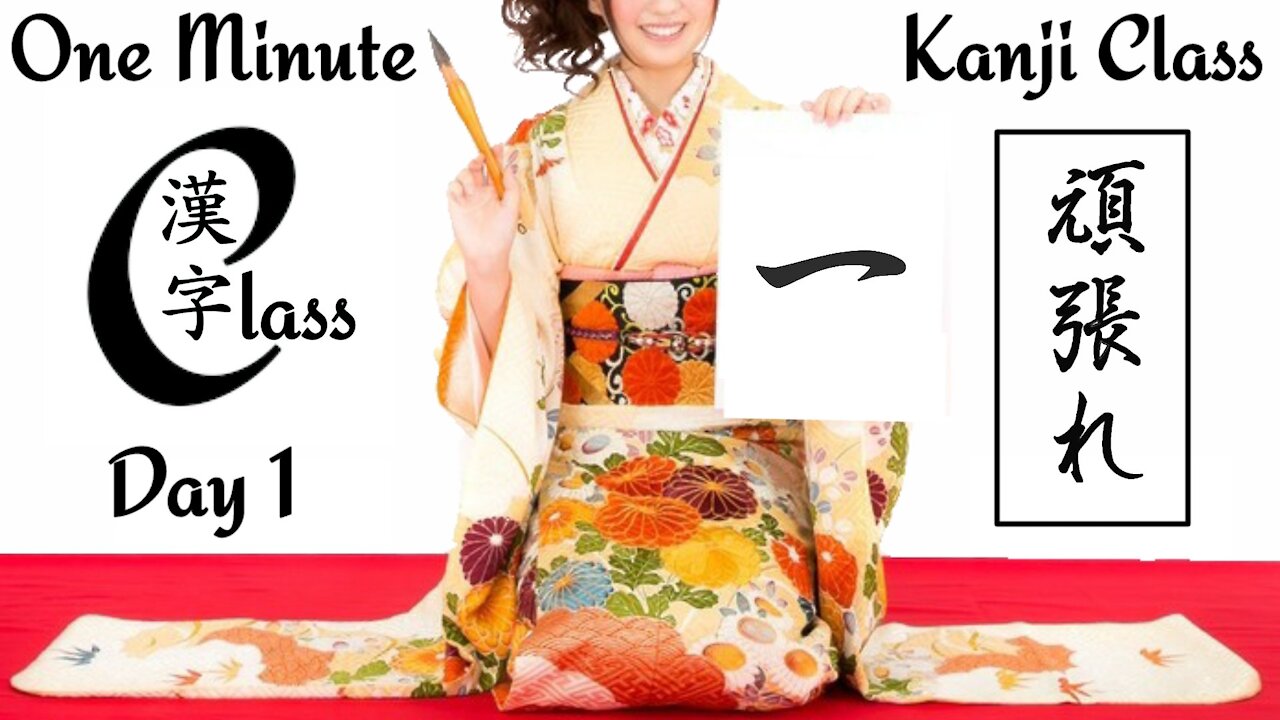
One Minute Kanji Class. Day 1. 一
Who is this class for?
This class is mainly intended for students of Japanese who have at least received some basic instruction in the language and who want to progress in their knowledge of kanji in as easy a way possible. However even beginners with no acquaintance with the language may use it to gain some familiarity with written Japanese and learn to read, write and understand the kanji and learn how to read and pronounce the words. Standard Hepburn romanization is used to display the vocabulary along with the standard Japanese script with vertical bars (|) surrounding the individual kanji readings. There are many good apps available which can teach beginners the reading/writing of the kana syllabaries which are used in written Japanese along with the kanji for particles, verb endings, etc. Beginning students are advised to learn the kana syllabaries prior to starting this course. There are also good apps available which will help you learn Japanese grammar.
Overview of the Japanese Writing System:
Over 1500 years ago, Japan began developing its written language using Chinese characters (漢字, kanji, "Chinese Characters"). Early on, Japanese words were assigned to Chinese characters by meaning and a way to read Chinese literature in Japanese was developed known as 漢文訓読 (kanbun-kundoku, "Chinese writing Japanese reading"). The Japanese also borrowed the pronunciations of the Chinese characters for their spoken language (音読み, on'yomi, "sound reading") although the sounds generally don't have any resemblance to Chinese pronunciation used today. Today many kanji have more than one on'yomi pronunciation as well as several Japanese ones known as 訓読み (kun'yomi, "native Japanese word reading"). The Japanese phonetic alphabets (仮名, kana), or syllabaries (片仮名, katakana and 平仮名, hiragana) were also derived from the kanji characters. Katakana is mostly used for plant and animal names which are not usually written in kanji. It is also used for spelling technical and scientific terms, onomatopoeia, for emphasis and for loan words. Hiragana is used for everything else, such as particles and words not generally written in kanji due to prescribed limitations of kanji usage.
Class Notes Concerning Kana Usage and Romanization
In this class, as stated above, alone with traditional Japanese script, standard Hepburn romanization is used. Capitalization is used to distinguish the On'yomi from the Kunyomi. This is done by using romanization in all caps for on'yomi and all lowercase for kun'yomi.
In Japanese, words are most frequently either read with all kun'yomi or all on'yomi readings, but there are exceptions. The verb 頑張る
(gambaru), a word with various usages for encouragement, is one such exception. Hence, the word "gambatte" shown at the end of each video is spelled with a mixture of katakana and hiragana as, "ガンばって" and Romanized as "|GAM|ba|tte". The bar (|) is used to neatly separate the romanization for each character. Please note, that Japanese people would never write this word in this way. Instead, if written without kanji, it would be written out completely in hiragana as, "がんばって" or if Romanized it would simply be shown as "gambatte". It could also be written as sentence on its own: "Gambatte!".
Kanji forms and how to write them.
In cases where a kanji has an old form (used up to the year 1947) and a modern form, the old form will be shown in parenthesis at the bottom of the video next to the modern form (shown in a serifed font), so that students can become familiar with both forms. Four different font styles are used to present the characters: A serifed font at the bottom (明朝, minchō), a brush style font for the vocabulary (楷書, kaisho), a handwritten style font for the font at the top which is animated with each vocabulary word shown to show how to properly write it using the correct stroke order, and a semi-cursive style (行書, gyōsho) font on each video thumbnail and opening slide.
Order of Kanji Presented for Study
One new kanji is presented each day with independent vocabulary usages, along with compound words (words made up of more than 1 kanji) or phrases composed of already learned kanji (from previous days lessons) which (1) either add to knowledge of kanji already learned by means of readings not previously encountered, or (2) more frequently, provide for the review of previously learned kanji readings now used in connection with the new kanji. In this way, each day students are forced to review the readings of kanji learned previously so that they may be more firmly committed to memory and they are able to develop a more complete understanding of the different senses in which the individual kanji already learned may be used. This method of presentation also serves the very important purpose of not overwhelming students with multiple new kanji to learn each day.
Use of images:
The images shown along with the vocabulary may help to develop a connection in the mind with regards to the various meanings of each kanji so that they may more easily be remembered, so images have been chosen that may in some way be related to the kanji meaning(s) although the connection may not always be immediately obvious. Associating the images with the vocabulary will prove helpful in memorizing.
How to get the most out of this course.
Students are encouraged to 1) Practice writing the kanji and 2) make flash cards and use them for review, but some may wish to simply replay the videos frequently and pause them at each vocabulary displayed to try to guess the meaning prior to proceeding. Flash cards are helpful because they allow you to quiz yourself in both ways: 1) Reading to meaning and 2) meaning to reading/writing.
It is our hope that One Minute Kanji classes help to make Kanji learning fun.
Feedback and comments are welcome
-
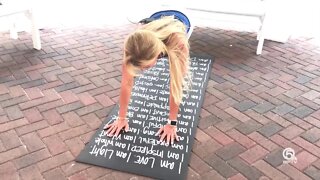 9:55
9:55
WPTV
5 years agoDigital P.E. - 10 Minute P.E. Class
15 -
 27:50
27:50
Experience Vibe Fitness
4 years agoClub Vibe Express Class - 30 Minute Cardio Dance Party
123 -
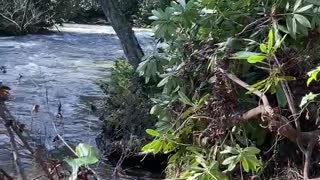 1:01
1:01
minzin
4 years agoOne minute meditations
371 -
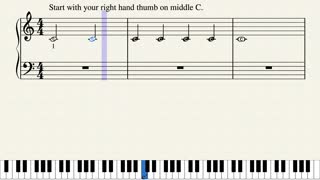 1:24
1:24
One Minute Piano
4 years ago $0.05 earnedOne Minute Piano - Beginner Lesson #1
6272 -
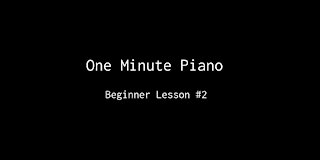 1:34
1:34
One Minute Piano
4 years ago $0.03 earnedOne Minute Piano - Beginner Lesson #2
395 -
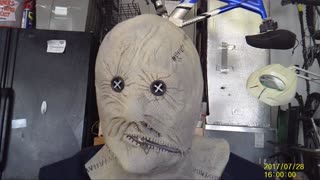 1:18
1:18
FloridaEccentric
4 years agoOne Minute of Creepy
16 -
 3:49
3:49
KidsInMotorsport
4 years ago $0.01 earnedA day with Last Minute Racing
418 -
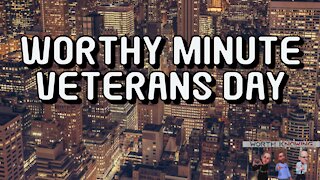 1:59
1:59
Dynamic Streaming Media
4 years agoWorthy Minute - Veterans day
321 -
 1:35
1:35
One Minute Piano
4 years ago $0.03 earnedOne Minute Piano - Lesson 19
96 -
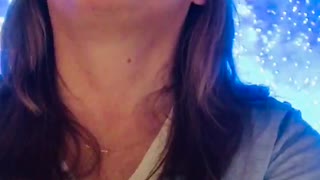 1:14
1:14
Deliciadawn
4 years ago $0.04 earnedOne minute stress relief
276